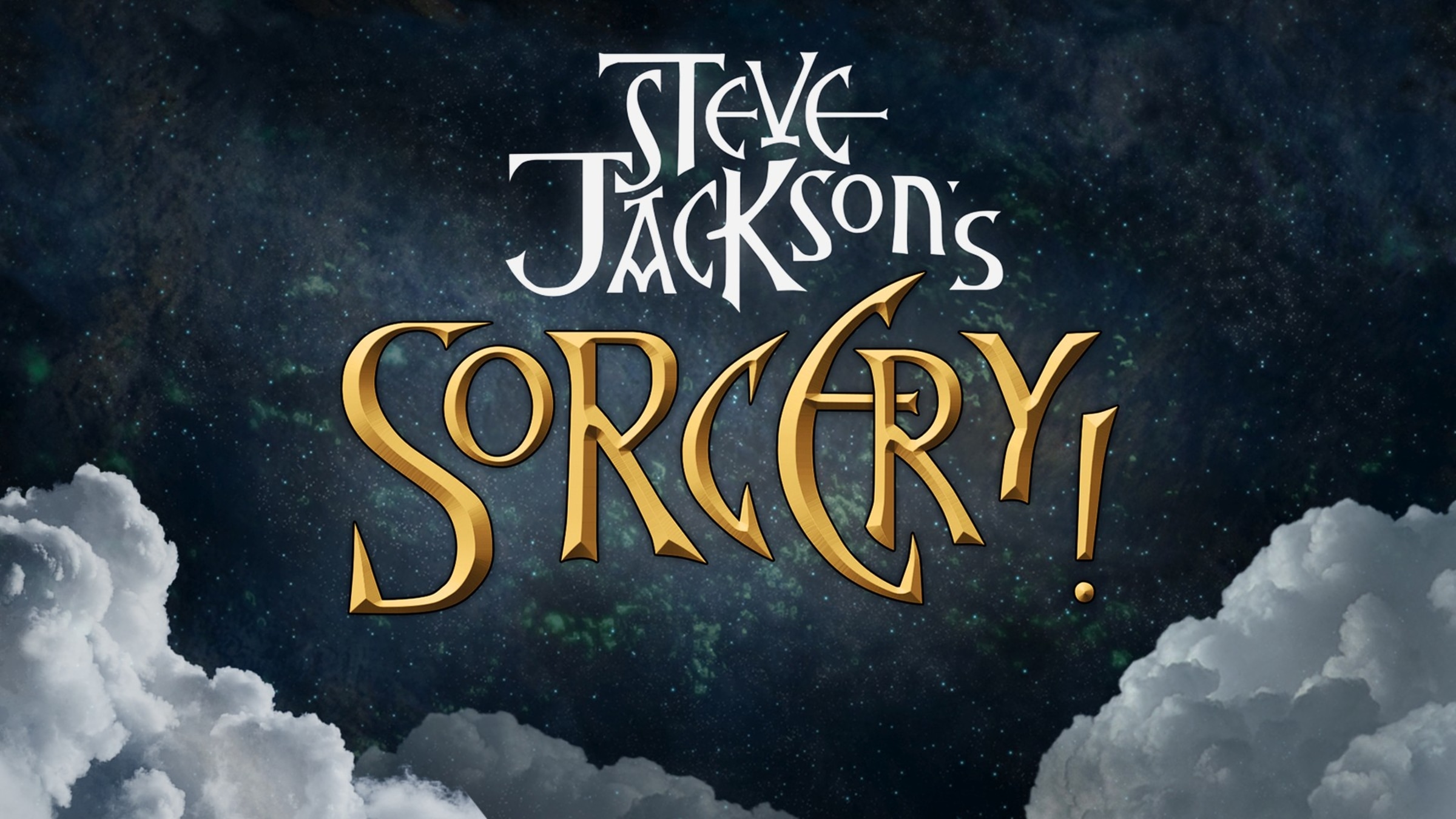
Best Gamebooks (Modern & Old School)
Share
Sitting at the confluence of gaming and literature, gamebooks provide a single-player roleplaying experience where the flexibility of social tabletop RPGs is traded for a more consistent, fine-tuned approach (and absolutely no scheduling issues!). Here the focus isn’t on performing the role to an audience of fellow players but factoring the role into the decision-making as challenges are presented to you.
In this sense, it is closer to the experience of playing an RPG video game, but the engine runs in your brain instead of an external device. Disco Elysium (a recent RPG on PC) could have been made as one humongous gamebook, but considering its over-a-million-wordcount, it’s probably for the best that it wasn’t.
Modern gamebooks can both use preexisting systems to power them and use their own bespoke systems. The following is a list of some of the best gamebooks around, drawing from both of these “schools” of design.
The Wolves of Langston
The Wolves of Langston is a D&D-5e-compatible murder mystery for a 1st-level character that blends the ruleset from the world’s most popular roleplaying game with everything great about solo roleplaying. Something is killing people in the peaceful small town called Langston, and it is your job to make it stop.
Wolves is a great entry point to the world of gamebooks, especially if you already have some D&D 5e experience under your belt. You get to use all the tools at your disposal as in standard 5e play to handle the scenarios the book throws at you: from fighting to creative problem-solving with spells and class features, to interacting with non-Player characters.
Blurred Lines

Blurred Lines is a unique gamebook by Brazilian TTRPG designer Guilherme Gontijo. This one is also a murder mystery, or, rather, a murder mystery setup accompanied by many questions to usher you toward a satisfying resolution. In it, you play a crime photographer hunting down a serial killer whose victims share only one trait: the method of execution. The play materials, outside the book, are “a d10, a deck of cards, a map of a real city of your choice and a lot of post-its.”
This game is inspired by the surreal horror of Italian Giallo cinema. As in the movies, the hunter and the hunted can switch roles, so make your moves carefully.
Fighting Fantasy

The Fighting Fantasy gamebooks are among the first to enjoy widespread acclaim. This series is a Choose Your Own Adventure (CYOA) format forefather from which the aforementioned Wolves of Langston is a descendant. It is built on a bespoke three-attribute system that keeps the ball rolling and gives fighting a more dangerous feel. The core series has 59 published volumes, and there are numerous offshoots—one of which deserves its own entry on this list.
Steve Jackson's Sorcery!
Sorcery! (the ! is important) is technically part of The Fighting Fantasy corpus but has taken on a life of its own for being such a standout series. All of its four books got adapted into computer and mobile games by Inkle Studios, a studio known for its sharp writing.
Sorcery adds several mechanics to the usual Fighting Fantasy ones, including the ability to play as either a wizard or a warrior. The spellcasting mechanic requires the player to memorize a three-letter word for each spell, such as ZAP for slinging lightning bolts, and sometimes spells require material components much like in Dungeons and Dragons.
You Nameless Scum

You Nameless Scum is the first ever Mörk Borg gamebook. To quote from Mörk Borg’s website, it is “A DOOM METAL ALBUM OF A GAME. A SPIKED FLAIL TO THE FACE. LIGHT ON RULES, HEAVY EVERYTHING ELSE.” If you feel shouted at by the all-caps text, it’s working as intended.
Naturally, a Mörk Borg gamebook has to match its over-the-top metal presentation, and You Nameless Scum delivers in this regard. It is meant to serve as a potential backstory for a character in a regular campaign, but the catch is your character has to make it out of this gamebook alive. No mean feat in a game that proudly bellows its unforgiving lethality.
You Nameless Scum features five endings and high replayability for its 152 pages. There are also special rules that involve physically altering the book if you play on a print copy.









